In the early 1980s, along with several other Soo Line heavyweight passenger cars, the car was donated to the City of Ladysmith. The city also received ex-Soo FP7 500-A, and put the other passenger cars and the F unit on public display, but the combine wasn’t a proper fit for the display so it was stored.
About four years ago the city was searching for a flatcar to put on display, and Ironhorse head Erik Thompson arranged a swap: a flatcar the museum owned for the combine. Ironhorse also furnished transportation to move the flatcar to Ladysmith. In the interim the combine remained in storage. Loss of its storage location prompted Ironhorse to move the car to Chisago City this month.
Cranes from Collision Mechanical Towing and S&R Towing lifted the car and STS Transport Service moved the car from Ladysmith to Chisago City on dollies with the car itself serving as the trailer. The car’s trucks moved separately. Preparations for the move began Nov. 4 with the car moving Nov. 14-15.
“The big reason I like the car is that the theme to the museum that my dad (the late Richard Thompson) and I developed was a branch line railroad. We’ve always gravitated toward more branch line type of railroading so this car fits in with the mixed train, combine, the branch line style that is our theme,” Thompson said. “It just fit in nicely in our collection.”
The interior has been modified from its original configuration with partitions removed and an office, dining area, bathroom and locker room installed. There are no current plans to restore the interior, but Thompson said he hopes to repaint and letter the exterior and remove the aluminum windows installed by the Soo and restore the original windows which remain behind the aluminum ones. He also has parts from a scrapped former Great Northern car that can be used to restore the combine, including baggage doors, which are narrower than regular baggage car doors but which match those salvaged from the GN car.
Thompson said the museum has spent the last couple of years trying to recover from tornado damage the museum suffered a few summers ago. He hopes to have a new website designed early in 2020 and plans to have the museum open for visitors and offering short rides on museum track next summer.





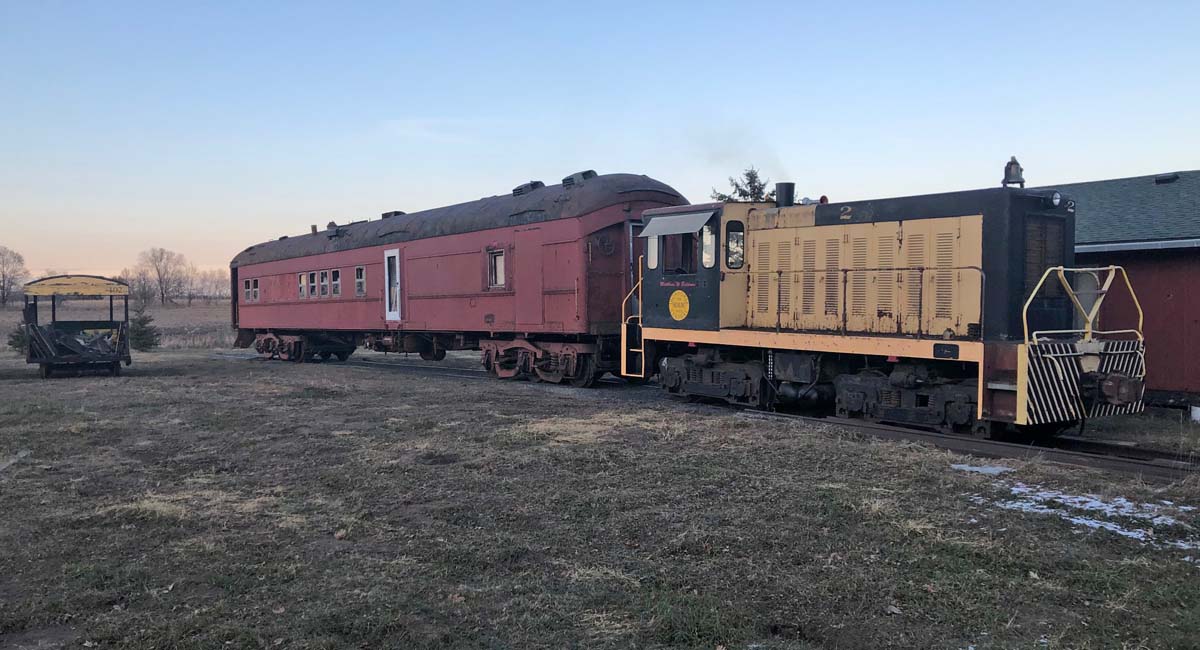

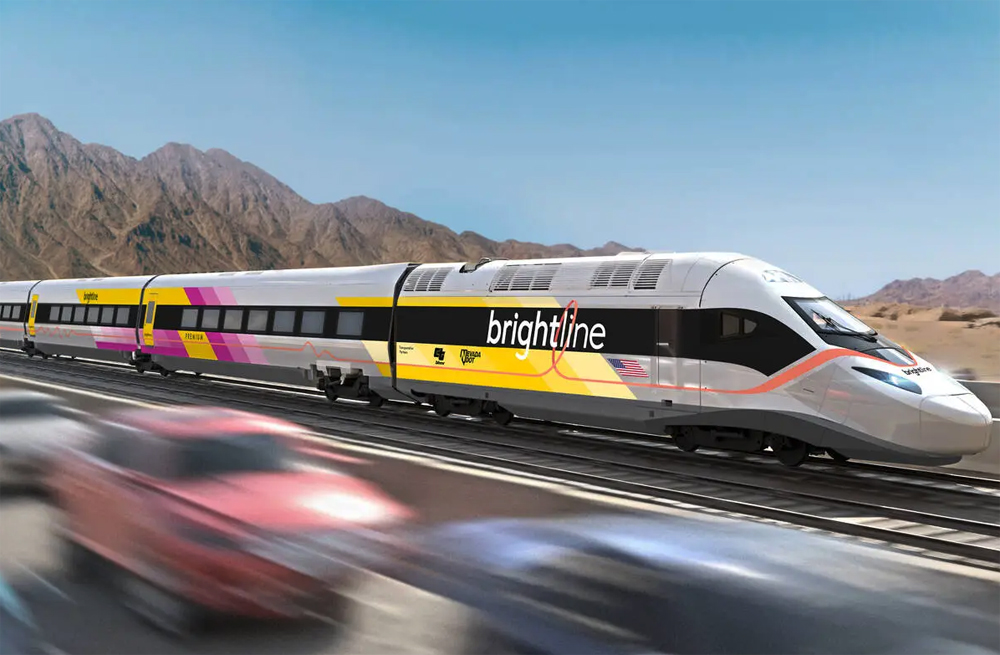
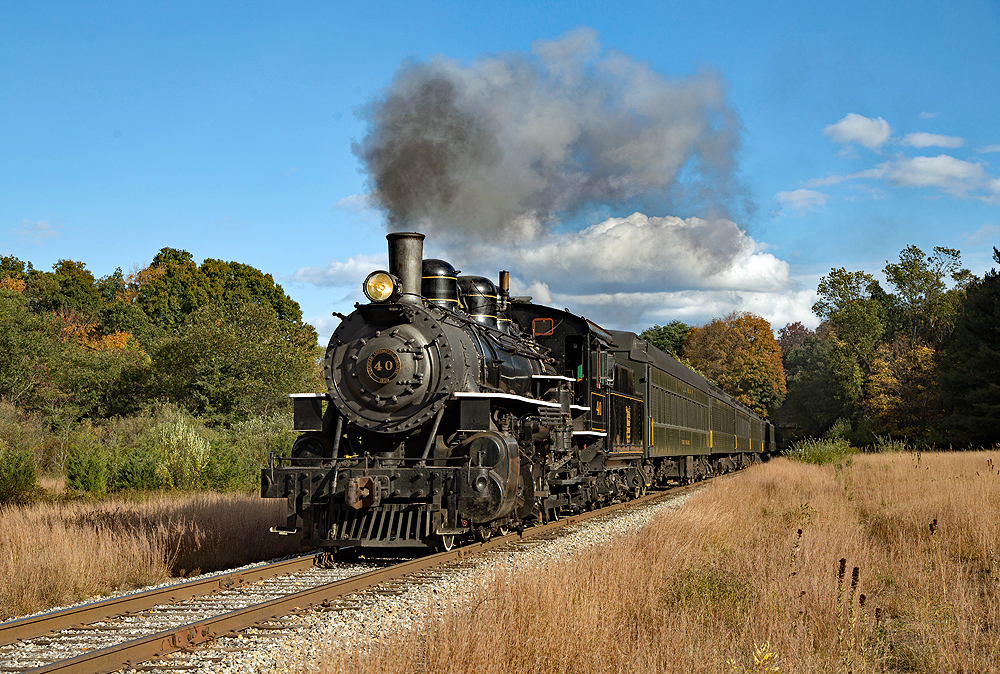
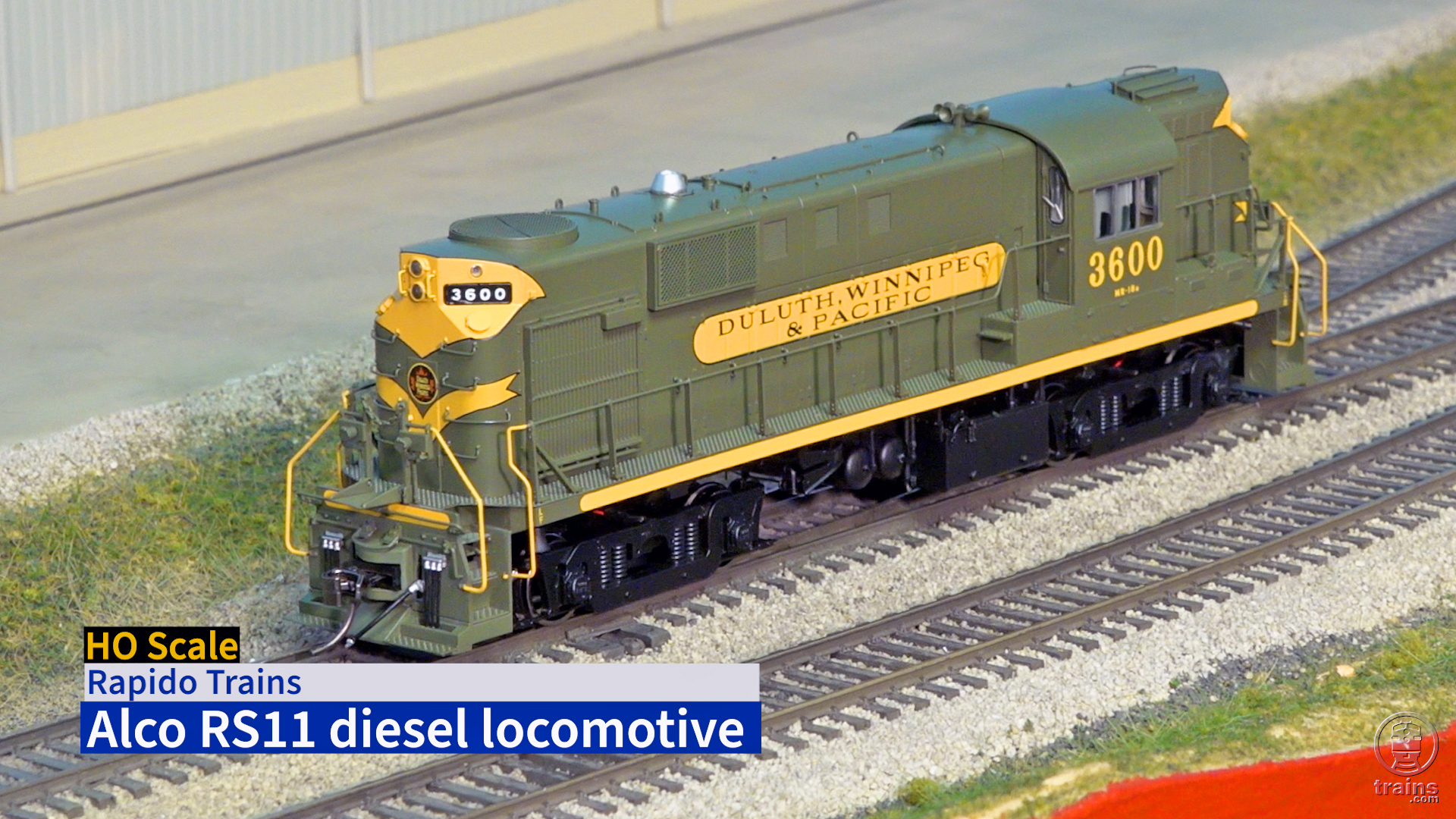
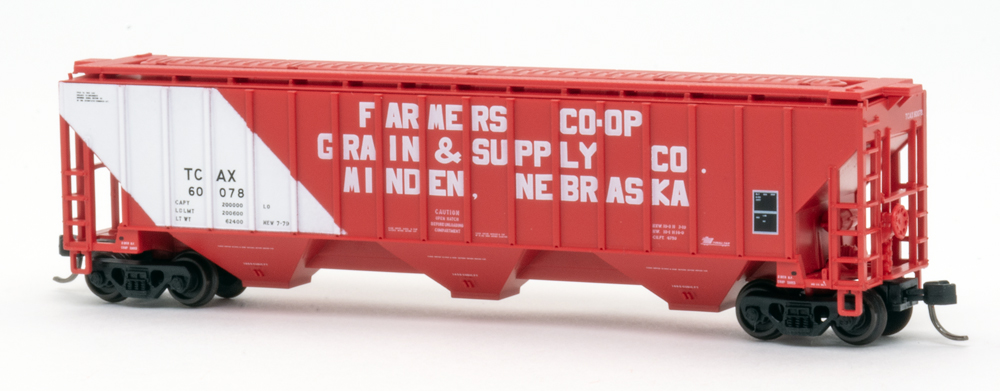




Mr Noyes, to quote the Wikipedia entry on Enticing
“In February 1952 locomotive production was moved from Rochelle in Illinois to Baldwin’s factory in Eddystone, Pennsylvania. Industrial locomotives continued to be built under the Whitcomb name at Eddystone through the end of December 1952, when the name was dropped. All Whitcomb line locomotives built after then carried the B-L-H identification name.”
The last locomotive Baldwin produced was a Whitcomb design built in 1956.
Mr. Narita:
Thank you for the clarification here. I was only vaguely aware of Whitcomb having been taken over by Baldwin Locomotive Works (BLW) and did not know this.
Thanks.
Caption in picture should read Chisago City not Chicago City.
And is that switch engine “#2” really a “Baldwin” switcher? It looks like something else, maybe a Whitcomb switcher, not a Baldwin loco (?)